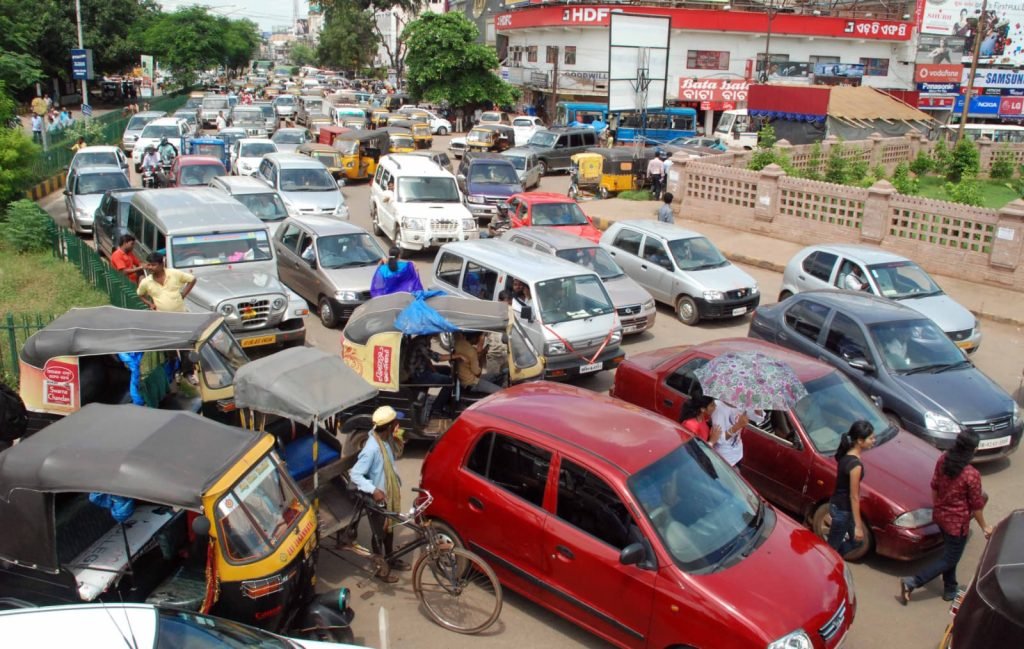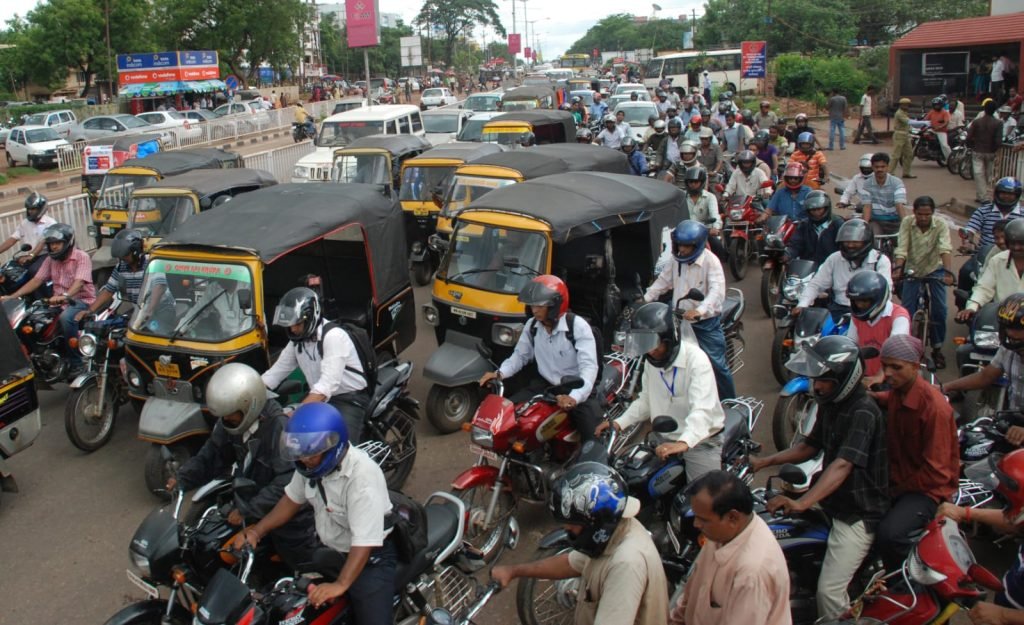Unplanned Growth in Bhubaneswar Derails Otto Koenigsberger’s Vision
Car-centric Development Neglects Two-Wheeler Users and Public Transport Needs
Bhubaneswar: Once envisioned as a well-planned city by German architect Otto Koenigsberger in 1948, Bhubaneswar’s unplanned growth has now strayed far from its original blueprint. Koenigsberger’s vision focused on sustainable urban ecology, balanced development, and public welfare. Today, however, the city is grappling with rapid, haphazard expansion driven more by market forces than by thoughtful planning.

City Expansion Comes at the Cost of Green Spaces
The capital city of Odisha now spans over 161 square kilometers and houses more than 1.4 million residents. Unfortunately, this growth has come at a steep ecological price — encroachment on agricultural lands and forest areas is rampant. Private real estate interests have replaced the principles of sustainable urbanism with profit-driven motives.
Unplanned Growth in Bhubaneswar
Despite being crowned as the Best Smart City in India, Bhubaneswar’s infrastructure largely caters to cars and heavy vehicles. Projects like ring roads and flyovers are built to ease traffic congestion, but often overlook the mobility needs of two-wheeler users, cyclists, and pedestrians—the actual majority of road users.

In a city where the infotech and education sectors are booming, two-wheelers and bicycles remain the most accessible modes of transport for many. Yet, the development blueprint continues to favour the affluent car-owning population.
Vehicle Growth Reflects Shift in Urban Dynamics
Data from the Regional Transport Office reveals a striking trend. From 25,543 vehicles registered in 2000-01, Bhubaneswar recorded 110,370 registrations in 2019-20. In just the last decade, the city has added over 2 million registered vehicles, with two-wheelers accounting for 80% of all vehicles.
This growth reflects not only a rising population but also increasing economic disparity. Those from less privileged backgrounds continue to depend on affordable two-wheelers or bicycles, yet find little support in the city’s infrastructure.
Public Transport Still Playing Catch-Up
Until recently, Bhubaneswar relied heavily on three-wheeled auto-rickshaws for public transport. A significant shift occurred in 2018 with the launch of Mo Bus and Mo E Ride under the Capital Region Urban Transport (CRUT) initiative. These services were introduced during the Hockey World Cup and aimed to enhance urban mobility.

A 2023 CRUT report reveals that before the Mo Bus launch:
-
Buses made up just 8% of total daily trips
-
Auto-rickshaws accounted for 17%
-
Two-wheelers dominated with 55%
-
Cars covered 7%, and
-
The remaining 13% used walking, bicycles, or hand-pulled rickshaws
Despite improvements, public transport still lags far behind personal vehicle use, primarily due to limited routes, frequency, and integration.
Towards a Sustainable Mobility Vision
Experts suggest that Bhubaneswar’s smart city label can only be justified if inclusive, people-centric mobility becomes the priority. Solutions include:
-
Expanding affordable and reliable bus services
-
Introducing a metro system connecting major hubs
-
Creating bike-sharing stations near bus stops
-
Designing dedicated lanes for two-wheelers and cyclists
-
Promoting pedestrian-friendly pathways
Community involvement and public consultation must also become integral to urban development decisions.
Rethinking Bhubaneswar’s Urban Future
Bhubaneswar’s shift from a planned bureaucratic town to an urban sprawl shows how unplanned growth undermines sustainable development. The city’s future depends on correcting its course—by embracing multimodal transport, green urban planning, and inclusive policies that serve all socio-economic groups, not just the car-owning elite.



Comments are closed.